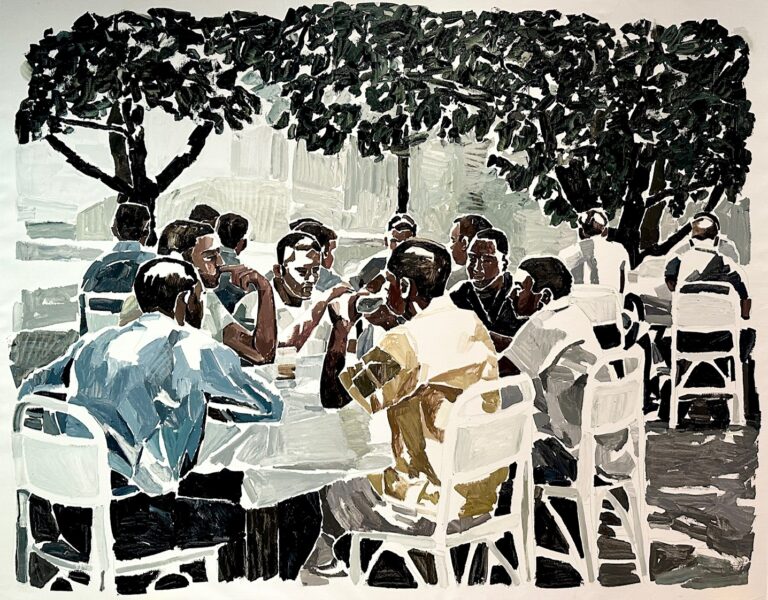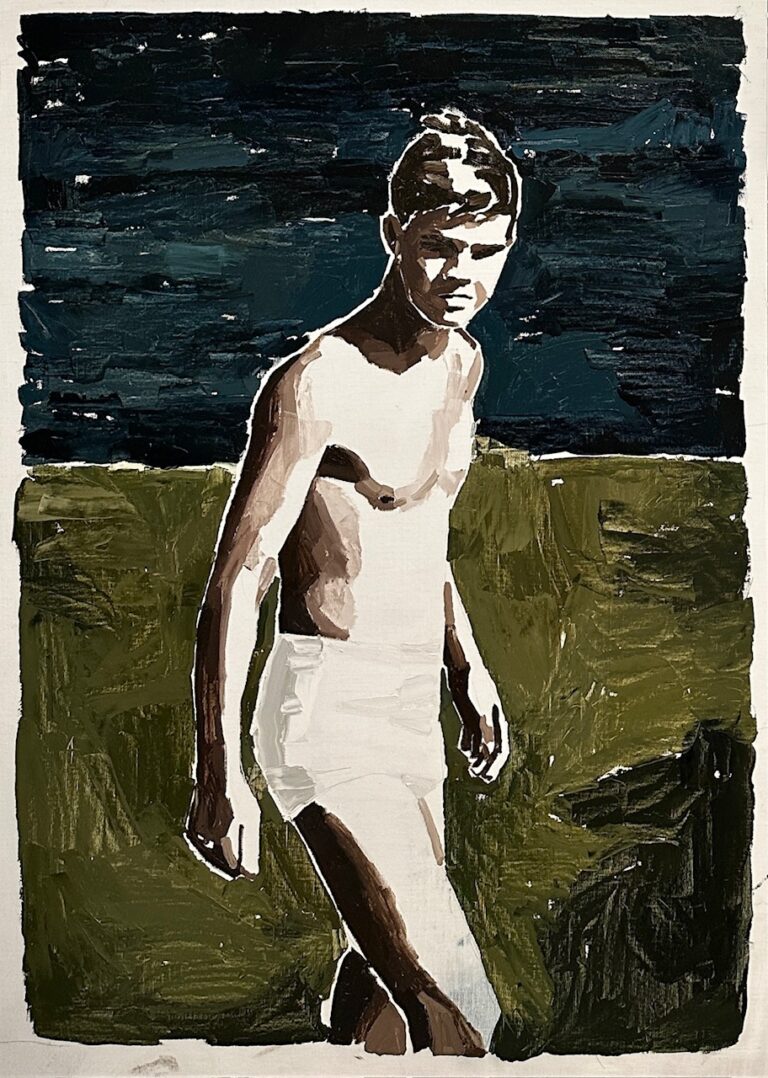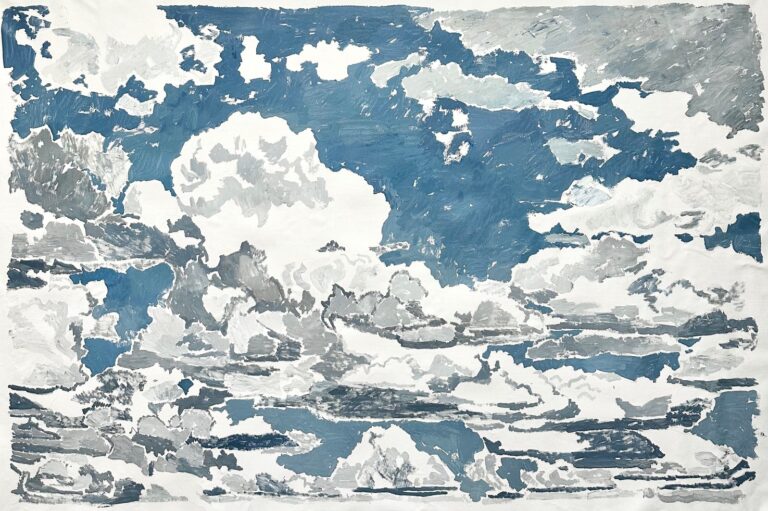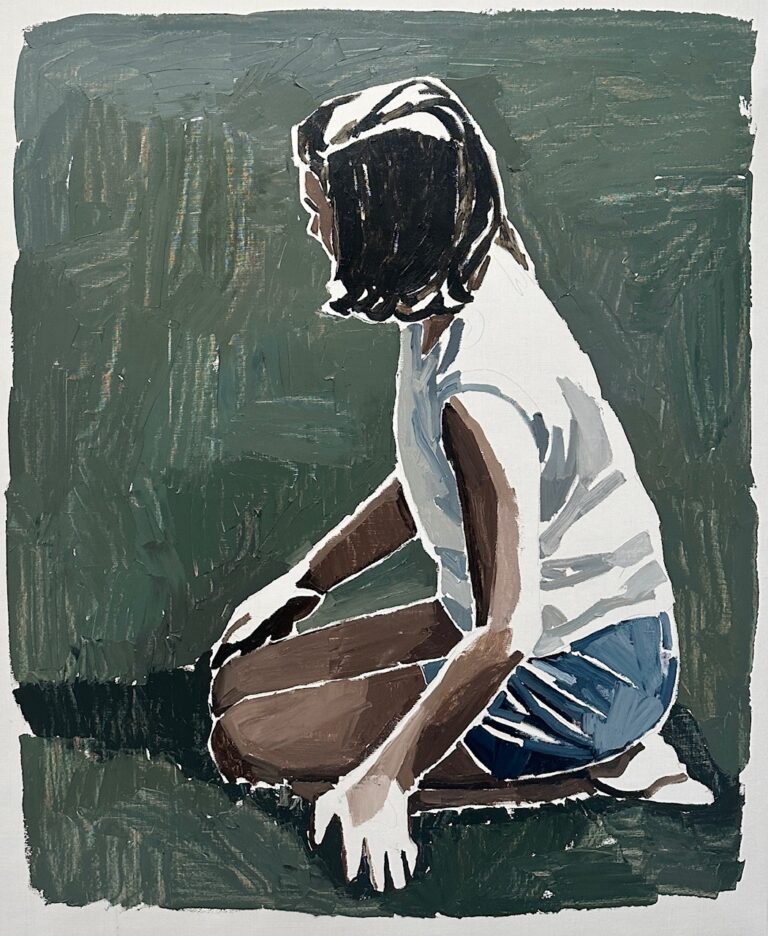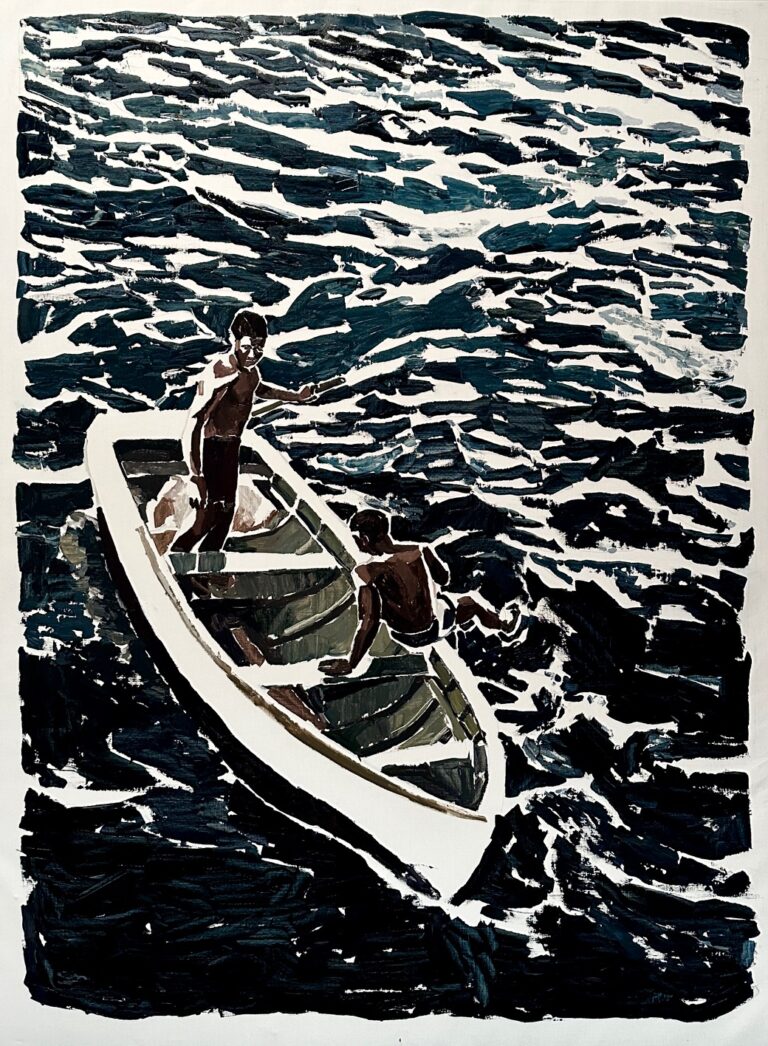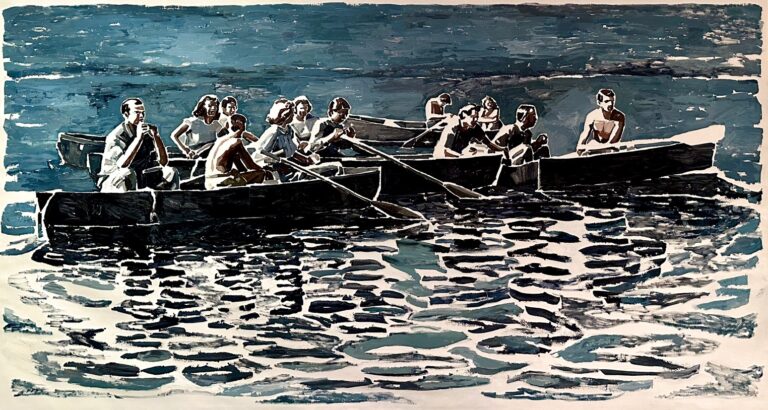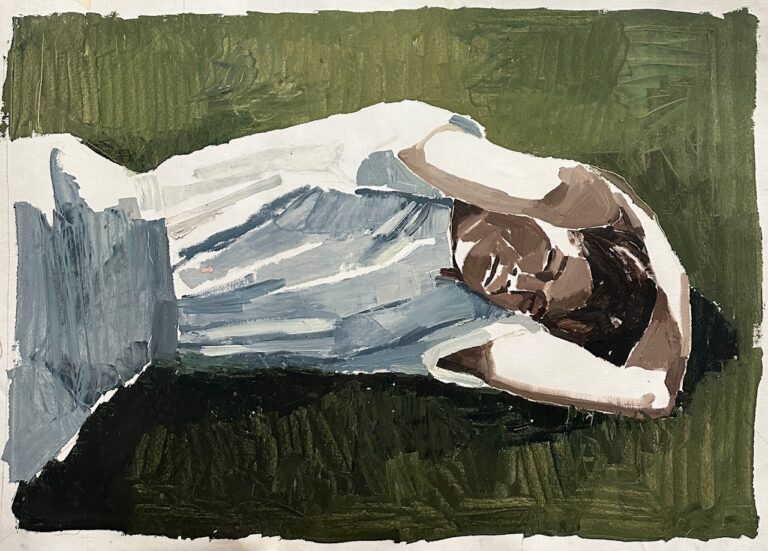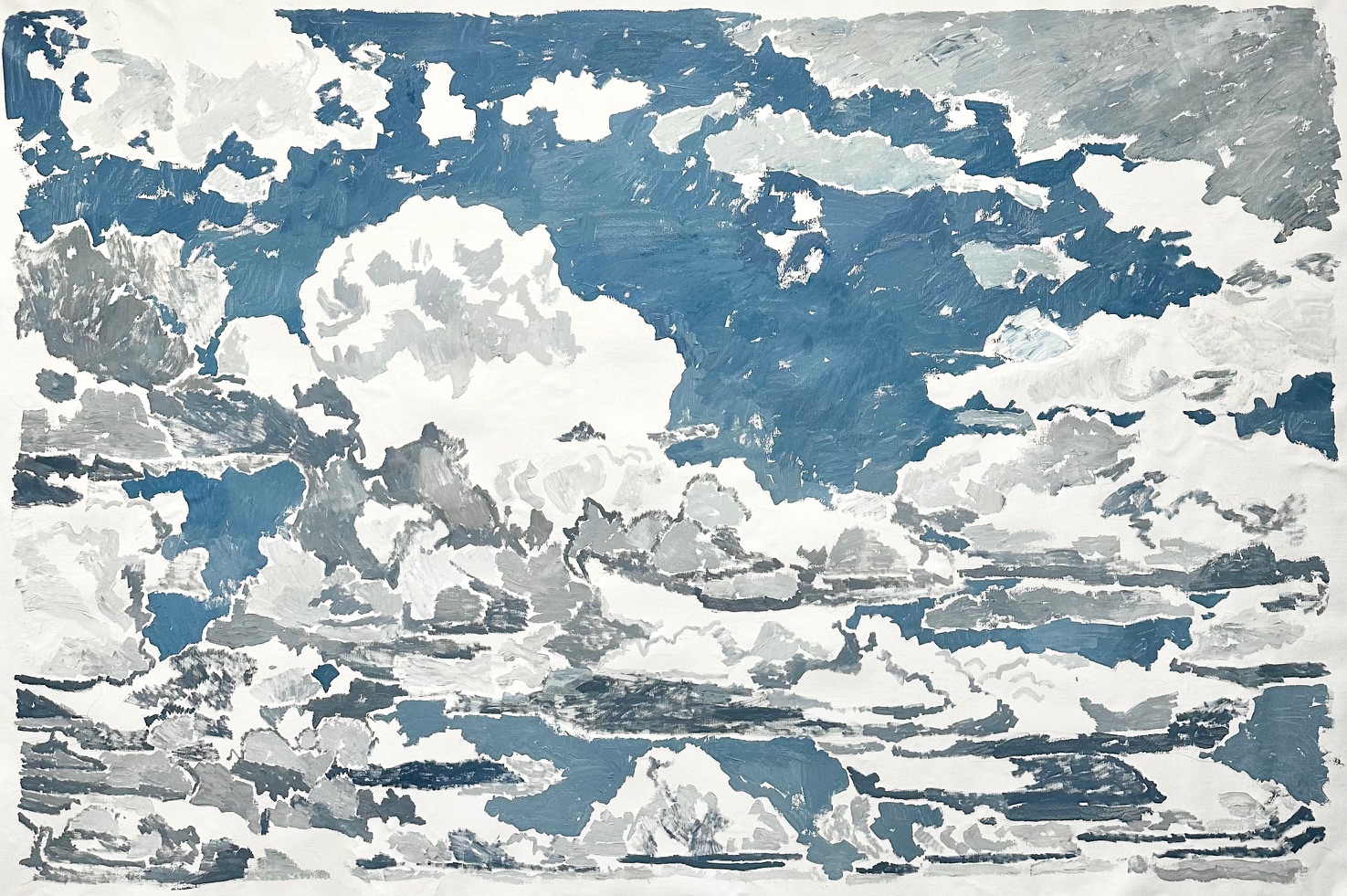
CHALK HORSE is thrilled to announce Clara Adolph’s new series of works for the 18th Adelaide Biennial of Australian Art: Inner Sanctum curated by José Da Silva . The Adelaide Biennial of Australian Art: Inner Sanctum offers an encounter with artists and poets. The Biennial unfolds across exhibitions, performances and talks that explore our engagement with the world and each other. Here the idea of an inner sanctum illustrates the private or sacred spaces we create and the faculty of imagination that allows us to see culture and society differently. Curated by José Da Silva, the 2024 Adelaide Biennial offers a snapshot of contemporary Australia that is reflective and hopeful. It provides a setting where art and poetry enliven the social imagination and help us understand the complexities of the human experience. Clara Adolphs uses anonymous, discarded photographs from markets, deceased estates, and online shops as the subjects of her paintings. The snapshots display a welcoming familiarity – moments of leisure in nature, small social gatherings or scenes of solitude. Recording a lost moment, the found photographs are re-created as paintings. The moments now lasting forever; the memory continuing with infinite possibilities. The Adelaide Biennial of Australian Art remains the pre-eminent and longest-running survey of contemporary Australian art. As a vital component of the Adelaide Festival since 1990, the Adelaide Biennial this year builds on its reputation and commitment to supporting and celebrating innovative and ambitious practices.
Biography
Clara Adolphs is drawn to photographs that display a particular light and atmosphere. Strong shadows are representative of late afternoon and the end of the day; Adolphs sees these as intensifying an atmosphere and infusing her subjects with a soft melancholy. They reflect a particular era of analogue photography: the 1940s to 1960s when cameras represented light differently and could not keep detailed information. Adolphs looks to these indeterminate spaces in the grain of the photographs, intrigued by the lack of visual clarity, which, like memories, can be filled in. In the studio, Adolphs utilises muted tones and colours, visible underdrawing, wet and dry brush marks – but mainly palette knives, which make quick gestural markings to emphasise the fleetingness of memories. For Inner Sanctum, Adolphs assembles candid shots of groups in landscapes, solitary figures, and clouds. Adolphs finds that these readymade scenes have a universal appeal, what she describes as ‘a collective memory bank’, adding further, The wider world and society might change, but the human condition doesn’t.

